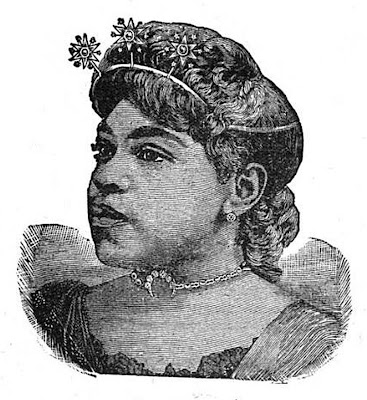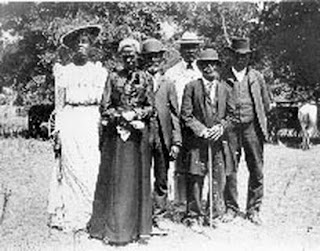ATLANTA— Hope and Destiny are not words typically associated with sickle cell disease but that’s the title of a new book on the illness by an expert from Emory University School of Medicine.
Sickle cell disease is an inherited blood disorder that changes normal, round red blood cells into cells that can be shaped like crescent moons. Certified physician assistant Allan F. Platt Jr., P.A.-C., M.M.Sc., sees firsthand the agonizing grip the disease can have on patients. For more than twenty years he has provided compassionate care for his patients at the Georgia Comprehensive Sickle Cell Center at Grady Memorial Hospital in Atlanta.
Platt’s work inspired him to write a book to give patients and caregivers a comprehensive guidebook to manage sickle cell disease through the lifespan.
Hope and Destiny: The Patient and Parent’s Guide to Sickle Cell Disease and Sickle Cell Trait is a compassionate and informative guide and fact book for patients and caregivers to reduce symptoms, relieve pain and better understand the cause and growth of the disease. “I hope this book will raise public awareness about the disease and the issues patients face each and every day. This is a large underserved population in the United States and globally,” says Platt.
Hsu is the Director of the Pediatric Sickle Cell Program at Children’s National Medical Center.
In this third edition the authors offer new research findings and the latest updates in treatment options. The expanded content covers anti-sickling therapy with hydroxyurea, gene therapy, foods and supplements that help prevent sickle cell complications, pregnancy and issues surrounding reproduction, cord blood banking, bone marrow transplants and new hope for other options.
Hemoglobin is the iron containing oxygen transport protein in the red blood cell. Normal red blood cells contain hemoglobin A. People with sickle cell disease have red blood cells that contain mostly hemoglobin S, an abnormal type of hemoglobin. Normally, red blood cells live for about 120 days before new ones replace them - hemoglobin S cells only last about 16 days.
“Normal red blood cells move easily through blood vessels, taking oxygen to every part of the body,” Platt explains. Sickle shaped cells on the other hand can get stuck and block blood vessels, preventing the oxygen from getting through. The result is pain, for some excruciating. “Pain is a daily fact of life for those with sickle cell disease, so prevention and treatment methods need to be taught to families and caregivers," says Platt. Sickle cell disease can harm organs, muscles, bones and cause infections, anemia and stroke. Since many providers do not understand sickle cell, Platt says he hopes the book will help patients become experts in their disease and take an active role in their treatment.
Hope and Destiny provides helpful advice for finding the right healthcare team; how to manage the psychosocial aspects of living with a chronic disease; cope with pain and sickle cell “crises” and use faith and prayer in living successfully with the disease.
Hope and Destiny is available online and at local bookstores.
###
The Robert W. Woodruff Health Sciences Center of Emory University is an academic health science and service center focused on missions of teaching, research, health care and public service.
Contacts: Juliette Merchant: (404) 778-1503

































